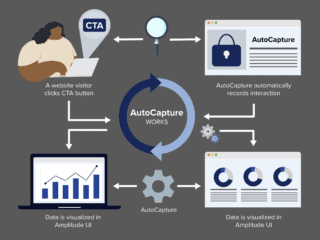Using BigQuery to Measure Content Engagement and Performance by Article Topic
Gauging the performance of content presents more of a challenge than retail transactions or lead generation: for content, we’re measuring engagement levels rather than specific outcomes (such as purchases, lead generation, or signups), or we’re attempting to correlate pages and subjects with any specific outcomes that we are measuring.
Google Analytics, on its own, supports several ways to combine with other data sources and generate great reports. With native integration of Analytics 360 into BigQuery, Google has made it much easier to join Google Analytics with other data sources, perform sophisticated querying, and take advantage of Big Data’s vast opportunities for deep analysis and insight.
In a recent blog post, Getting Your Feet Wet in the Data Lake: Analytics 360 in BigQuery, we reviewed the benefits that BigQuery offers to data engineers, analysts, and marketers.
BigQuery’s Benefits to Data Engineers, Marketers, and Analysts
As a no-ops cloud-based solution, BigQuery offers data engineers tremendous operational advantages over platforms such as Hadoop and Spark by eliminating the need for on-premises resources to support hardware infrastructure and software updates.
Marketers and analysts, for their part, can take advantage of BigQuery to output results from ad hoc queries within minutes or seconds and begin to gain insight about online/offline attribution, user funnels, and long-term customer value.
To read more about how publishers can merge Google Analytics and CMS data in BigQuery for better content insights, download the whitepaper.



















